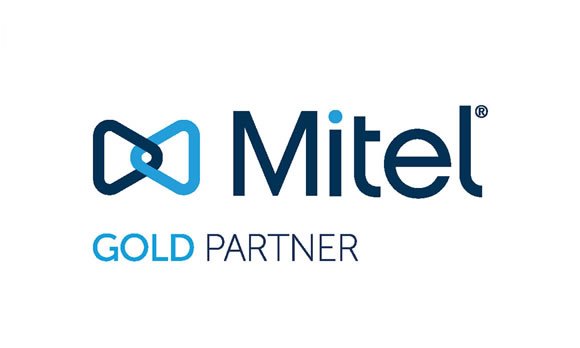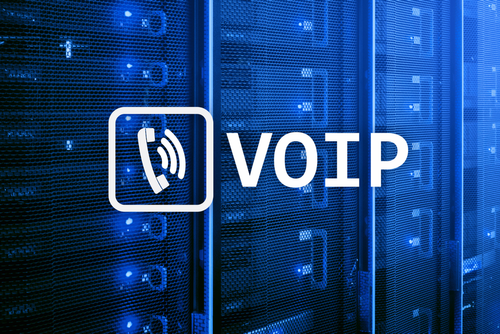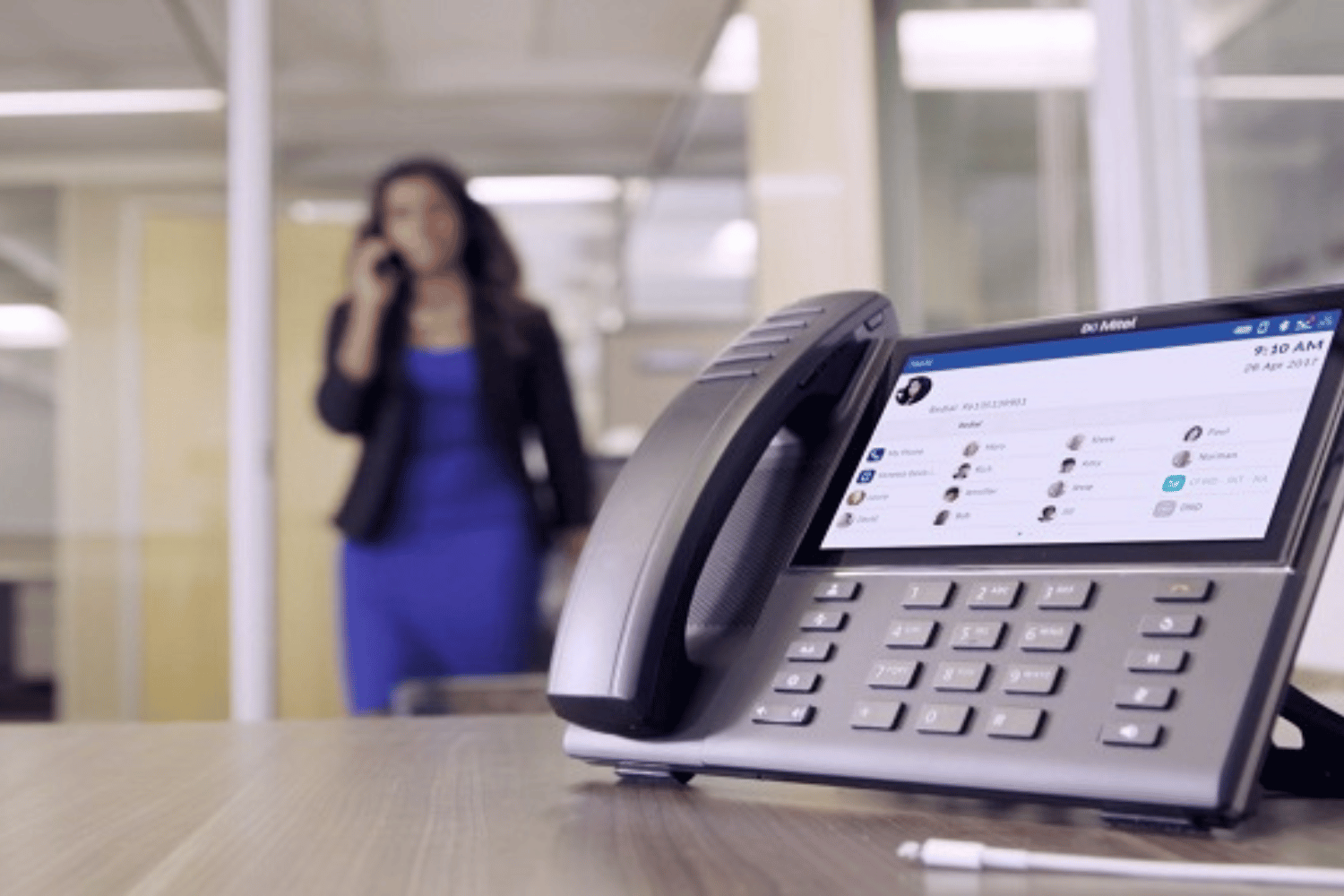An effective business communication system is the backbone of every successful operation. From keeping your team connected to providing exceptional customer service, a solid communication infrastructure can mean the difference between thriving and merely surviving in the competitive market. However, establishing and maintaining robust communication systems can be costly, especially for small businesses and startups with limited resources.
Understanding the critical balance between cost and performance is vital to optimizing your communication strategy. This guide will detail how your business can reduce communication system costs without sacrificing efficiency and performance.
The Importance of Efficient Communication Systems
The role of communication in business is unequivocal. It streamlines operations, fosters team collaboration, and enhances customer interactions, all contributing to the bottom line. The agility and responsiveness enabled by a well-designed communication system are invaluable for a small business or startup.
Yet, despite its importance, the cost of communication technology and services remains a significant concern for many small businesses. High overheads from traditional phone systems, outdated software, and premium service packages can quickly consume a large portion of a business’s budget, inhibiting growth and investment in other areas.
Understanding Your Business Communication Needs
Before implementing cost-saving strategies, it’s crucial to have a clear understanding of your business’s unique communication requirements. Not all features or communication channels may be necessary for your specific operations.
Different Types of Communication Technologies
The market is rich with business communication technologies, including voice over Internet Protocol (VoIP) systems, business texting services, video conferencing solutions, and more. Each serves a distinct purpose and caters to different facets of business communication.
Assessing Your Business Communication Requirements
Conducting a comprehensive needs assessment can help you identify and prioritize the communication tools that align with your business goals. Consider factors such as the size and structure of your team, customer preferences, and the nature of your industry’s communication demands.
Strategies for Reducing Communication System Costs
Once you’ve established your business’s communication needs, it’s time to explore various strategies for cost optimization.
Switching to Digital Communication Platforms
Digital platforms offer a wide range of communication services under one umbrella, promoting a unified user experience and reducing the need for multiple service subscriptions. In one package, solutions like Microsoft Teams, Slack, and Google Workspace provide IM, video conferencing, and file sharing.
Implementing Cloud-Based Communication Tools
Cloud-based tools eliminate the need for on-premises hardware, reducing upfront costs and ongoing maintenance. Additionally, they offer scalability, allowing you to pay for what you use and easily adjust service levels as your business grows.
Re-Negotiating Contracts with Service Providers
Don’t underestimate the power of negotiation. If you’ve been a loyal customer or your business can commit to a longer-term contract, service providers may be willing to offer better rates or exclusive deals that significantly lower your communication expenses.
Case Studies and Success Stories
Real-world examples can provide valuable insights into the cost-saving potential of different communication strategies. Here are two recent Cady success stories:
-
Case 1: A boutique marketing agency switched from a traditional phone system to a VoIP service, reducing overall communication costs by 30%. The new system allowed for seamless remote work and scalable services to accommodate their growing client base.
-
Case 2: A tech startup adopted a digital communication platform that integrated with their project management software. This consolidation of services saved on subscription fees and improved team productivity by centralizing their workflows.
Future-Proofing Your Communication System
As your business grows, so will your communication requirements. Future-proofing your approach is important to ensure your system remains cost-effective in the long term.
Strategies for Ensuring Scalability
Plan for scalability from the outset. Ensure that your communication tools and services can grow with your business without incurring exorbitant upgrade costs.
Regular Assessment and Updates
Periodically review your communication system and update it with the latest solutions that offer enhanced features at competitive prices. Staying abreast of technological advancements will keep you one step ahead while controlling costs.
Conclusion
By carefully assessing their needs, exploring the right technologies, and staying adaptable, small businesses and startups can dramatically reduce communication system costs. This strategic approach not only saves money but also enhances the efficiency and effectiveness of their business operations.
For those ready to take the leap, consider the strategies mentioned above as starting points for your cost-effective communication overhaul. Remember, in an era where agility and frugality are prized, optimizing your communication system could be one of the smartest investments you can make.
Feeling inspired to take control of your business’s communication infrastructure? Don’t hesitate to begin implementing these cost-effective strategies. Your company, your team, and your bottom line will thank you.
The Cady Approach to Business Communication Systems
At Cady Business Technologies, we understand the importance of cost-effective and efficient communication for small businesses. That’s why we offer a range of customizable solutions that cater to your unique needs without breaking the bank. Our team of experts can help you assess, strategize, and implement a communication system that maximizes value while minimizing costs. Contact us today to learn more about how we can support your business’s growth and success. So why wait? Start optimizing your communication system today, and watch your business thrive!
FAQs
How can I assess my business communication system needs?
Consider factors such as team size and structure, customer preferences, and industry communication demands.
What types of strategies can help reduce communication system costs?
Switching to digital platforms, implementing cloud-based tools, and negotiating contracts with service providers are all effective methods for cost optimization.
How can I future-proof my communication system?
Plan for scalability, and regularly assess and update your system with the latest technologies to ensure long-term effectiveness.
Why is it important for small businesses to optimize their communication systems?
A cost-effective and efficient communication system can improve team productivity, enhance customer satisfaction, and ultimately help drive business growth and success. So don’t wait; start optimizing today!
How can Cady Business Technologies help my business with its communication needs?
We offer customizable solutions and expert support to help you strategize, implement, and maintain a cost-effective communication system. Contact us today to learn more! End of Document

Cady Business Technologies is proud to be a Mitel Gold Partner.
Our strong relationship with Mitel over many years allows us to offer the reliability and expertise your Mitel solution requires.
Contact us today to help create a plan that will support your business needs and budget.













